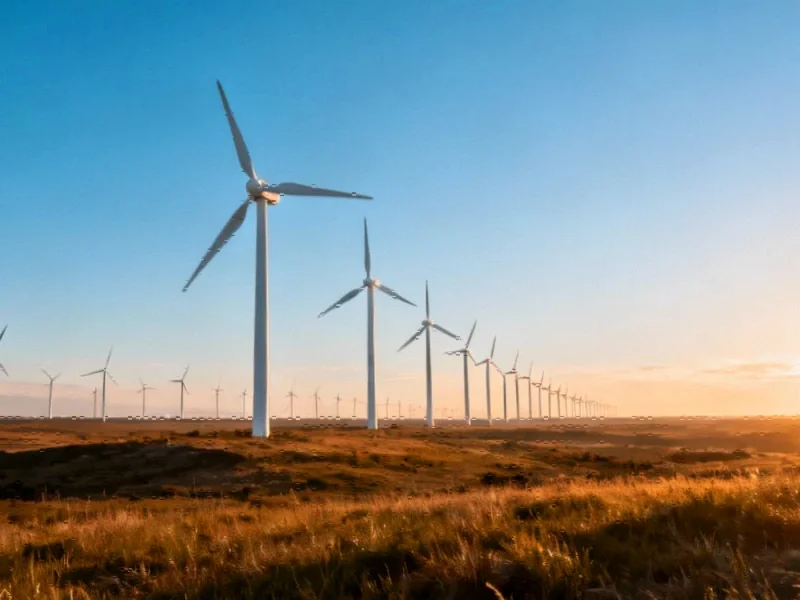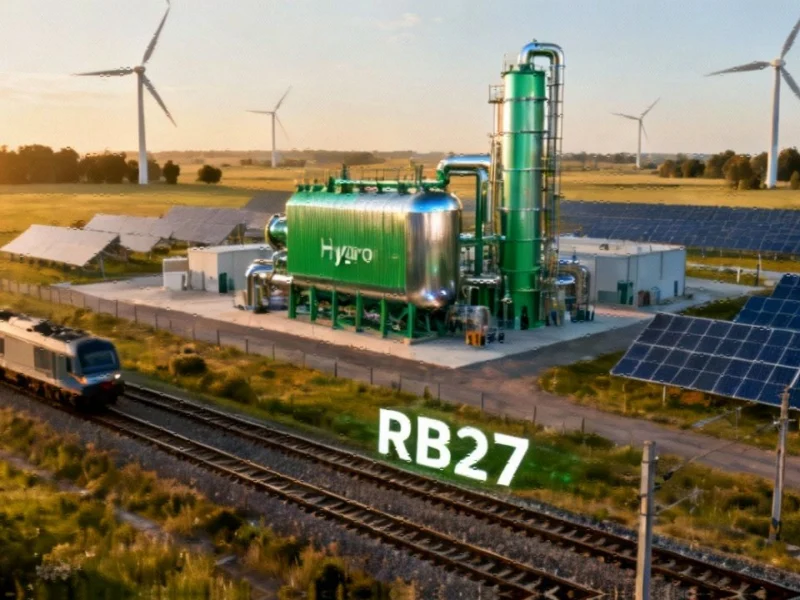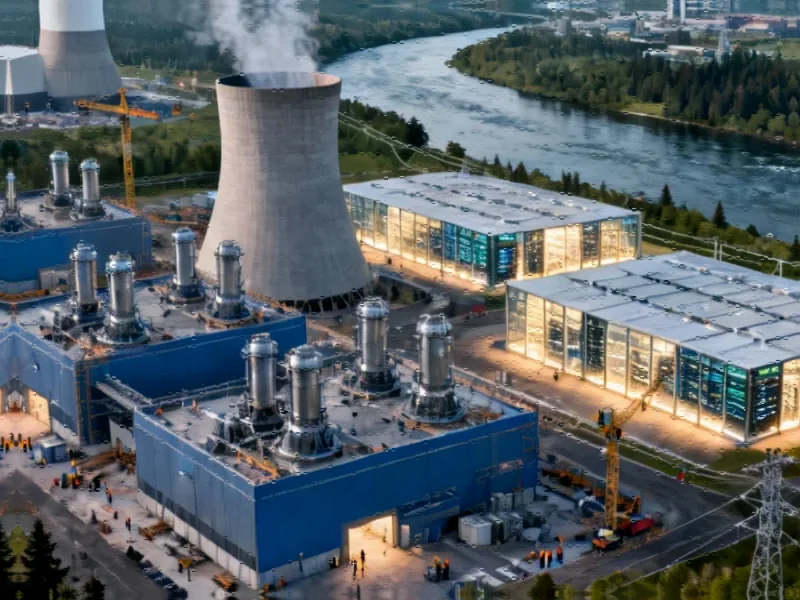Ambitious Wind Power Targets Set to Transform China’s Energy Mix
China’s wind industry is pushing for an unprecedented acceleration of renewable energy deployment, with leading turbine manufacturers proposing the installation of at least 120 gigawatts of wind power capacity annually over the next five years. This ambitious plan, if adopted, would more than double the country’s wind power output by 2030 and significantly alter China’s energy infrastructure.
The proposal emerged from the annual China Wind Power conference in Beijing, where industry giants including Goldwind Science & Technology Co. and Ming Yang Smart Energy Group united behind the aggressive expansion target. This initiative aligns with China’s broader energy transition strategy that seeks to reduce the nation’s heavy reliance on fossil fuels while meeting growing electricity demand.
Strategic Implications for Global Energy Markets
The scale of China’s proposed wind expansion carries significant implications for global energy markets and climate efforts. As the world’s largest emitter of greenhouse gases, China’s commitment to renewable energy represents a crucial development in international climate diplomacy. The country’s strategic planning mechanisms have proven effective in coordinating large-scale infrastructure projects, suggesting the wind power targets could be realistically achievable.
Industry analysts note that the proposed acceleration comes at a critical moment, as global energy security concerns and climate commitments create simultaneous pressure for rapid decarbonization. The wind industry’s proposal demonstrates how comprehensive environmental solutions are increasingly becoming central to national energy strategies worldwide.
Technological and Infrastructure Challenges
Meeting the proposed targets will require substantial advancements in both technology and infrastructure. China’s turbine manufacturers face the dual challenge of scaling production capacity while maintaining quality standards. The industry must also address grid integration issues, as the intermittent nature of wind power requires sophisticated energy storage solutions and grid management technologies to ensure reliability.
Transmission infrastructure represents another critical challenge. Many of China’s best wind resources are located in remote northern and western regions, far from major population centers in the east. Building the necessary high-voltage transmission lines will be essential to delivering the generated electricity to where it’s needed most.
Economic and Industrial Impact
The proposed wind power expansion promises significant economic benefits, including job creation in manufacturing, installation, and maintenance sectors. China’s domestic turbine industry, already the world’s largest, stands to gain substantially from the increased deployment. The scale of manufacturing required could drive down costs through economies of scale, potentially making wind power even more competitive with conventional energy sources.
This acceleration in renewable energy deployment occurs alongside broader transformations in China’s energy sector, including developments in hydropower and other renewable sources. The integration of multiple clean energy technologies will be crucial for achieving China’s carbon neutrality goals.
Global Context and Competitive Landscape
China’s wind power ambitions must be understood within the global context of energy transition. While European and North American markets have pioneered many wind technologies, China’s scale of deployment could position it as the dominant player in global wind markets. The country’s manufacturing capacity and domestic market size create advantages that could reshape international competition in renewable energy technologies.
Financial institutions and global investors are increasingly focusing on the renewable energy sector, recognizing both the growth potential and the strategic importance of clean energy technologies. This financial attention could provide additional capital to support China’s wind power expansion.
Implementation Timeline and Policy Support
The proposed five-year acceleration plan represents one of the most ambitious renewable energy timelines globally. Success will depend on consistent policy support, including:
- Streamlined permitting processes for new wind projects
- Enhanced grid access guarantees for renewable generators
- Continued financial incentives for both project developers and equipment manufacturers
- Research and development support for next-generation turbine technology
Industry representatives emphasize that achieving these targets will require close coordination between government agencies, grid operators, and private sector participants. The proposal reflects growing confidence within China’s renewable energy sector that technological advancements and manufacturing scale have made accelerated deployment both feasible and economically attractive.
As China continues to implement its energy transition strategy, the world will be watching closely. The success or failure of this ambitious wind power expansion will provide valuable lessons for other nations pursuing similar renewable energy goals while demonstrating the practical challenges and opportunities of rapid decarbonization at scale.
This article aggregates information from publicly available sources. All trademarks and copyrights belong to their respective owners.
Note: Featured image is for illustrative purposes only and does not represent any specific product, service, or entity mentioned in this article.



